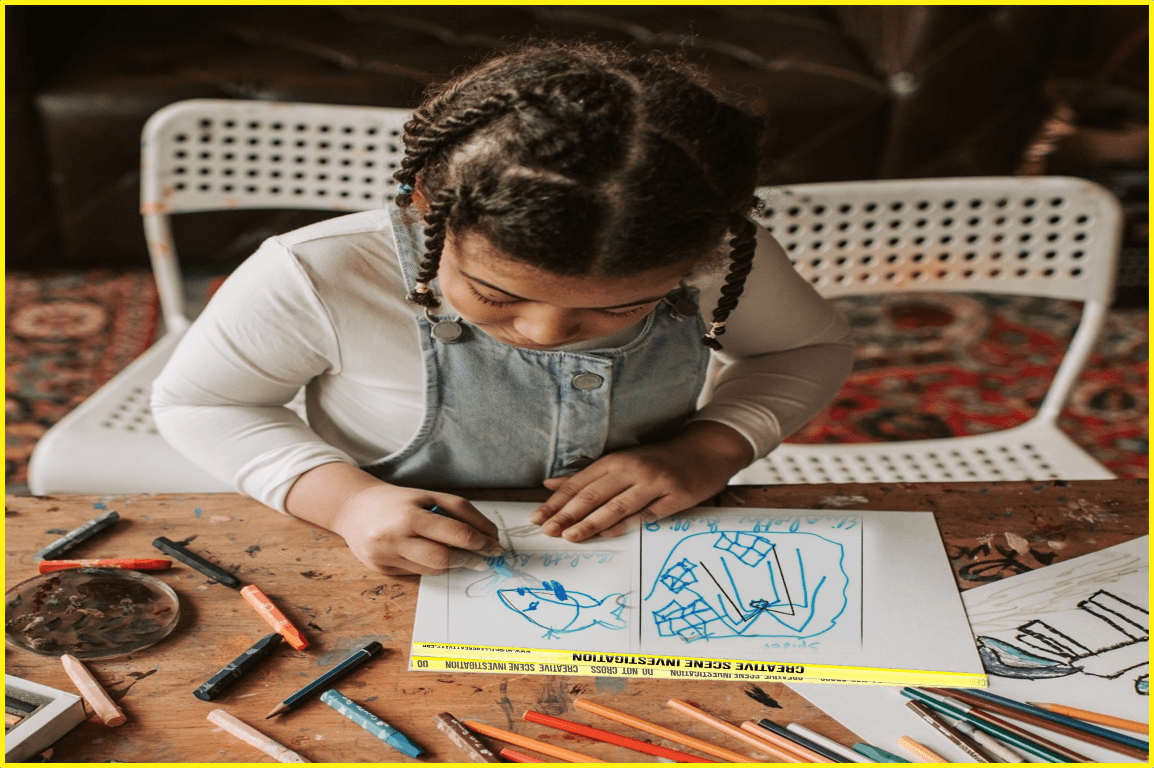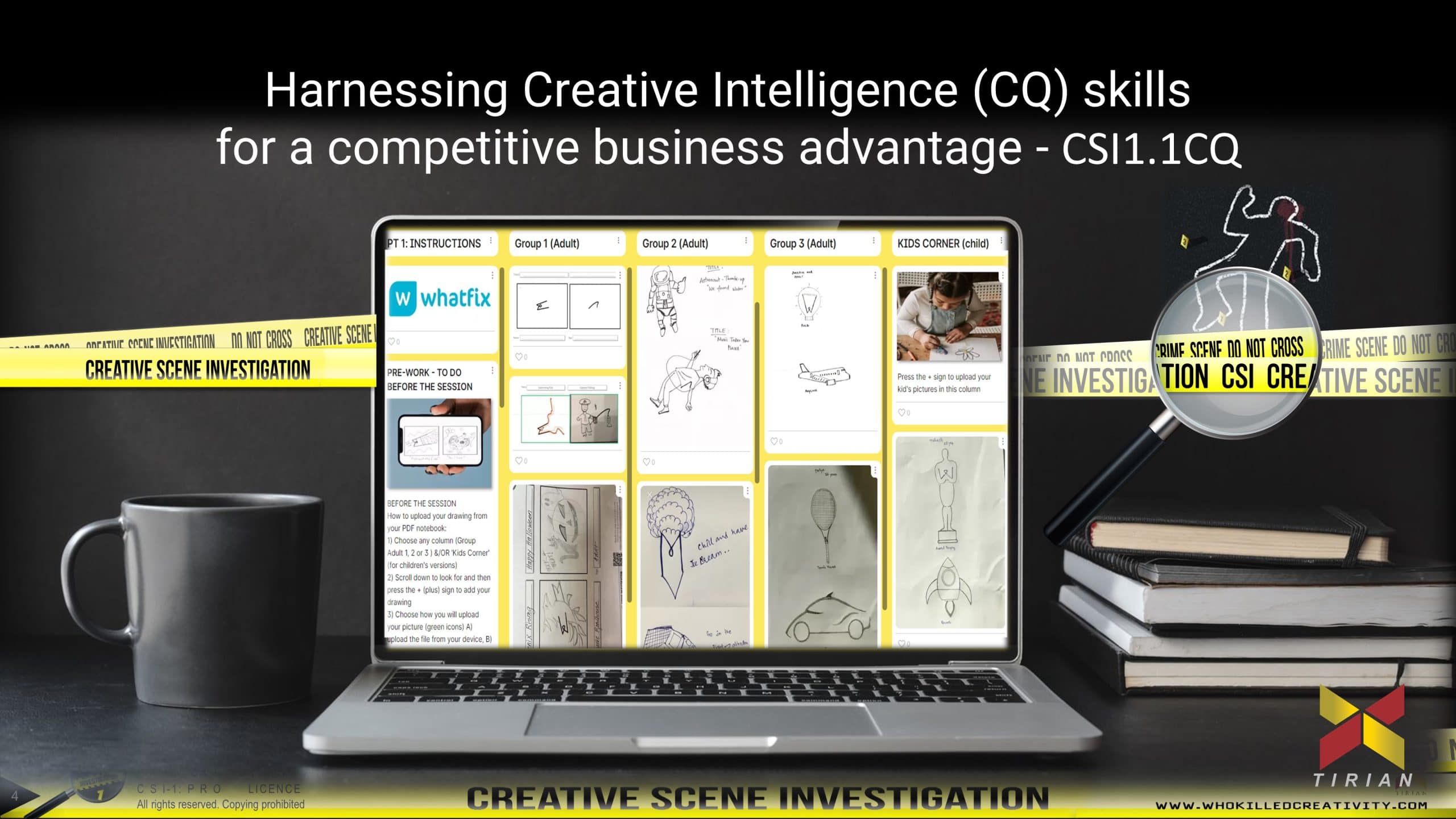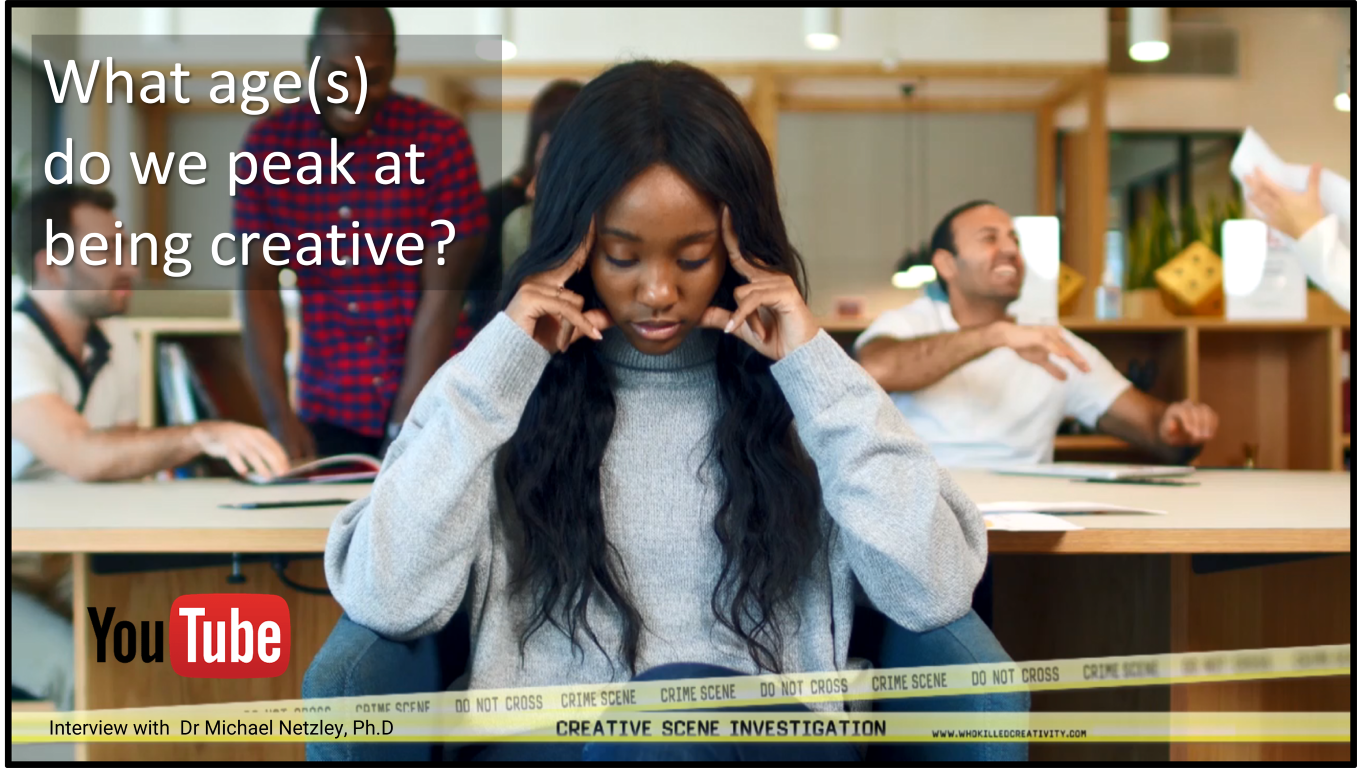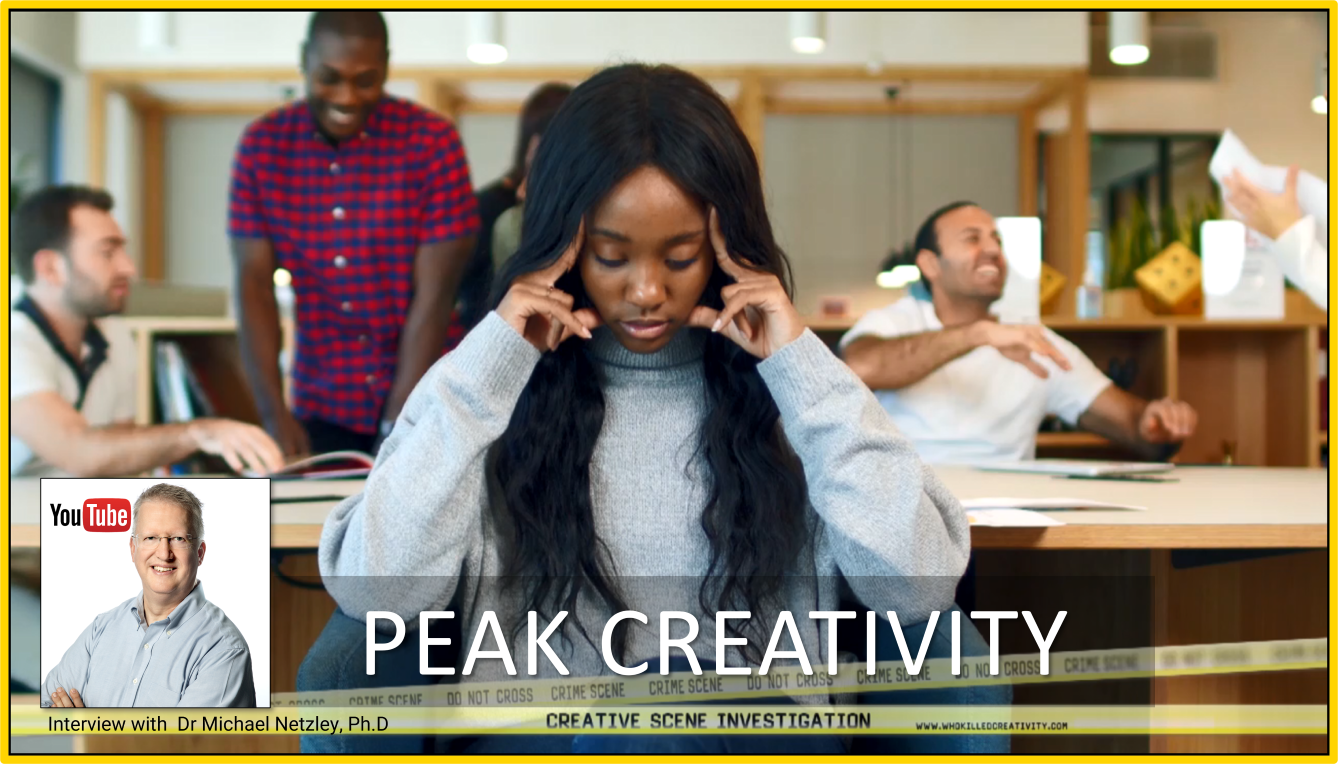At what age(s) do we peak at being creative / creative thinking skills & CQ (Creative Quotient)? Video
Having arrived at a big decade milestone birthday this year, I thought it would be interesting to assess how I would feel about this milestone. There are certainly pros and cons of this stage in life, and I realised my feelings were quite mixed. I decided it would be an interesting exercise to see if I could find out at what age we peak in life especially when it comes to creativity and creative thinking (CQ Creative Quotient). I thought this would help me to know if the life I have known is on its way out or the best is yet to come.
Milestones missed
In the course of my research, I learnt that there are some areas that peak early. Learning a second language is easiest when you’re 8 years old, and your brain processing power will peak 10 years later. That might help to explain why living in another country and trying to learn a new language as an adult for me felt near impossible.
The ability to remember unfamiliar names peaks at 22 years old, short term memory at the age of 25, and visual short term memory (recognizing faces) in your 30s. So I feel somewhat vindicated for my increasing social incompetence in these areas.
What could be yet to come?
I’ve successfully sailed through the first life satisfaction peak 23 years of age, when I married my lifelong personal and business partner, so I’m apparently now looking forward the next one due at the age of 69. Fortunately there is also another future life satisfaction horizon to look forward to, with psychological well-being reportedly peaking at 82 years old.
One thing I have been particularly surprised to learn is that I can look forward to feeling the best about my body after the age of 70. But perhaps that might be due to the fact that when this research was done 70-year-olds were not as tech-savvy as they are today, and weren’t able to compare themselves with others on social media!
When was the last time you did something for the first time?
As I have been doing this research I have wondered if we reach our creative peak early in life, as a number of studies seem to suggest.
In our book Who Killed Creativity?… and How Can We Get It Back? we share research that reveals that while 98% of kindergarten children score high on divergent thinking (being creative / creative thinking) only 2% of adults score high in this type of being creative / creative thinking. For the last 20 years we have been running a simple creative intelligence assessment test with all our keynote and workshop participants. Out of the 7 CQ core creative attributes, very few adults score a perfect 7.
There was a great thought-provoking advertisement campaign by Emirates Airlines a number of years ago with the tagline, “When was the last time you did something for the first time?”. The message still resonates for me. Studies have found that as adults we are less likely to try risk failing, while children will keep trying and trying new things without worrying about failure.

Trying a new sport later in life is a whole new experience. Especially with learning ‘wing-foiling’ and moving at 25 KPH hovering above the water, I’ve had to learn to learn to ‘fail wisely’ and ‘fall smart’ to keep away from the deadly carbon blade under the water!
Why risk-taking is important to a being creative thinker, creativity & innovation
I know that taking risks to try new things is an antecedent of creative development, and I believe that teaching creative thinking at all stages of life is possible through teaching individuals how to open up to taking these risks.
Perhaps that is an indicator then of my continuing creative capacity. I’m still participating in a number of extreme sports that I have been enjoying since I was a teenager (such as surfing and snowboarding). I have also started new sports later in life (including kite surfing and wing foiling).
While teenagers may have vitality on their side, adults typically grow in wisdom. I’ve noted that any injuries now take longer to heal, so the wisdom to be more careful might be coming just in time.
So when do we reach our creative peak?
Dr Michael Netzley from the SE Asia Centre of Brain Health at the University of Texas has found that we have a creative peak as children, and then again at around the age of 62.
Watch the interview on Youtube https://youtu.be/NrsgcXmdpxA
Babies are born with a broad range of neural connections, and their brains are therefore very flexible or ‘plastic’. Divergent thinking is possible at this stage as all the pathways are there ready to be explored.
But by 24 much of the brain has become locked into specific neural pathways according to repetitive experience. At this age, individuals tend to rely more on memory and the ability process.
Between the ages of 45-55 we develop higher order thinking, which is fuelled by life experiences. The next creative peak we reach in our early 60s is therefore a different kind of creativity based on these life experiences. This means that for design thinking you will definitely want older people on your team, as they can help drive decision-making and originality.
According to psychologytoday.com, individuals who are conceptual innovators—those who think out of the box and challenge conventional wisdom—tend to come up with new ideas and innovations spontaneously and peak at an earlier age.
Those creators who are more experimental, who build on their knowledge and accepted theories throughout their careers and ultimately find new and innovative ways to analyse that knowledge, tend to peak later in life.

Are Children more creative than adults?
How to stay creative & developed real creative thinking skills to innovate better.
What can we do to stay creative? Dr Netzley recommends:
- Children should be exposed to as many new opportunities as possible and allowed to fail.
- Young adults should be encouraged to build life experiences.
- Ensure exposure to novelty & new experiences continue as they will accumulate through a lifespan.
- Continue to exercise your brain the same way you exercise your body.
- Capitalise on the second creative wave in your 60s – don’t let this opportunity pass you by!
- For design thinking, you definitely want older people on your team, as its drives decision-making and originality.
So is this good news for you? When have / will you peak? Perhaps you too should get ready to reach your later-in-life creative peak!
MORE: Book, Workshop & Keynote
Harnessing Creative Intelligence (CQ). Test your CQ skills with our adapted Torrence Test Of Creative Thinking Skills.
In this highly interactive session, we assess and then map your CQ skills and show the value of the application of these skills in practical business case studies. These are prerequisites for any design thinking session, as these skills are crucial for anyone expecting creative solutions.

Harnessing Creative Intelligence (CQ) skills for a competitive business advantage



